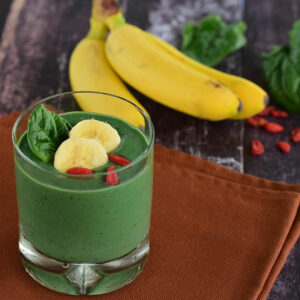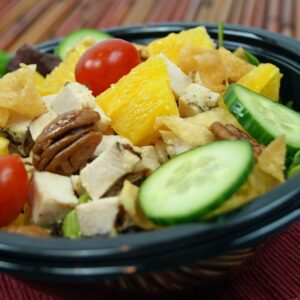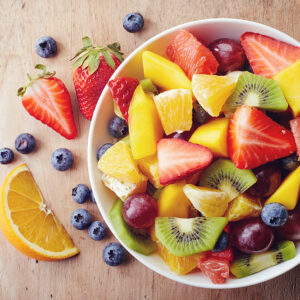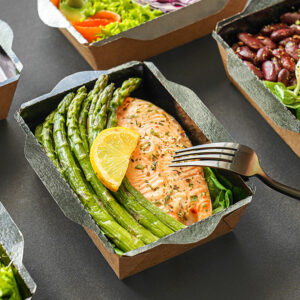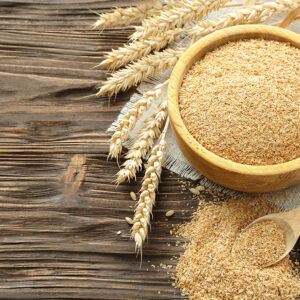
01
Foods to eat and avoid for myeloid leukemia patients
Myeloid leukemia is characterized by immature blood cells that do not turn into healthy ones. This progressive disease must be treated with appropriate medicines and a proper diet. Herein, we discuss the foods that patients can eat and avoid. How is diet associated with myeloid leukemia? A healthy diet can help manage the side effects of the treatment better as well as curb the symptoms and flare-ups of myeloid leukemia. A nutrient-rich diet can generally help the patient feel stronger, bettering their overall health. Foods to have These foods are highly recommended for myeloid leukemia patients Vegetables Accommodating vegetables in the daily diet makes one feel better and helps endure the impact of treatment and symptoms alike. Cruciferous vegetables like kale, spinach, broccoli, and cabbage are recommended for myeloid leukemia as they’re known to combat inactive carcinogens. Fruits Adding fruit to cereals or enjoying a fruit bowl after a meal is an objectively good idea. Replacing mid-day snacks with a smoothie will definitely do more good for the body. Whole grains Whole grains are potent sources of nutrients and make for a great staple for a variety of cuisines. There are many healthy recipes that can be prepared using ingredients like oats, buckwheat. and quinoa. Probiotics Yogurt, kefir, miso, kimchi, and tempeh are great for maintaining a good balance of gut bacteria. These probiotic-rich ingredients are light on the stomach and help digest food better. Fish, poultry, and lean meats These are low-fat high-protein foods that help the body shred the extra pounds and also help reduce cholesterol, which is essential in combating any chronic illness. Foods to avoid Myeloid leukemia patients must stay away from Heavy foods For myeloid leukemia patients, it’s essential to steer clear of foods that are heavy to digest. Foods like burgers, hot dogs, frozen foods, and red meat must be avoided to aid easy digestion.
Read More 
